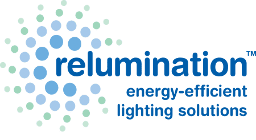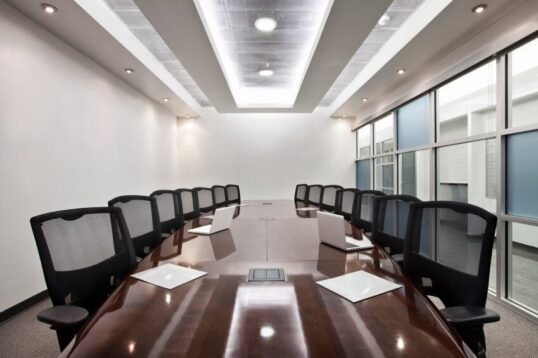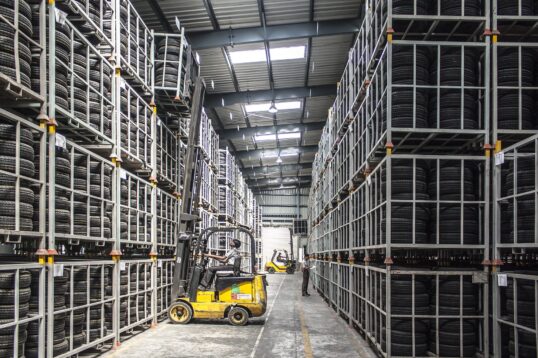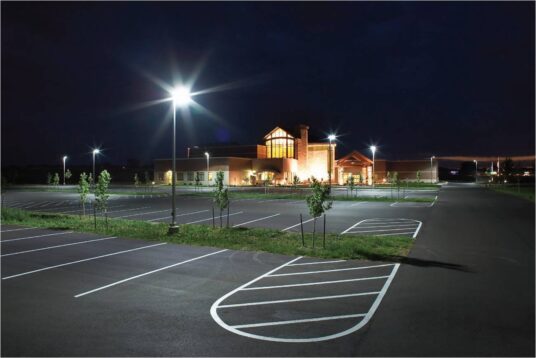Hotels in the U.S. spend more than $7.5 billion on energy every year, as reported by the EPA. This equates to about $2,200 per room per year taking into account the more than 47,000 hotels and motels in America. Given these facts, there is significant incentive within the hospitality industry to take advantage of advances in technology to reduce costs. At the same time, consideration for an environment that caters to the needs and comfort of guests is equally important.
Hotel lighting accounts for a hefty portion of total hotel energy consumption, and lighting is moving toward energy efficiency in the form of CFL (compact florescent lighting) and LED lamps as the use of incandescent lighting decreases. Although CFL and LED bulbs are initially more of an investment, the energy savings and lower maintenance makes them a financial win. Also, most standard lamps can now accommodate CFL and LED bulbs, making the change relatively painless while still providing lighting that is aesthetically pleasing for guests.
Lighting public spaces such as atriums, lobbies and hallways is becoming more important as baby boomers are becoming senior citizens, and safety is more of a concern. The needs of millennials has also come into focus. They’re a connected group that tends to share their views on a hotel or other venue through social media. They generally seek pleasing public spaces in which to work and are more attuned to design. It is important to consider combinations of task lighting and ambient lighting that will appeal to millennials as a whole.
While these ideas are trending, we understand that each client has considerations unique to his or her hotel or chain.





